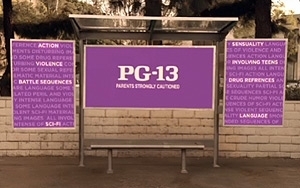Google Updates DoubleClick Verification, Gives Advertisers More Control
- by Laurie Sullivan @lauriesullivan, December 2, 2014
 Google's DoubleClick rolled out eight updates to its Verification product
suite Tuesday, addressing concerns about brand safety. The improvements to DoubleClick Verification, which launched in 2012, give advertisers more control over where their ads appear online.
Google's DoubleClick rolled out eight updates to its Verification product
suite Tuesday, addressing concerns about brand safety. The improvements to DoubleClick Verification, which launched in 2012, give advertisers more control over where their ads appear online.
With digital video ad spending rising 41.9% in 2014 to $5.96 billion, per eMarketer, the forthcoming video verification tool from DoubleClick will prove critical for marketers. The tool will provide insights that are unique to video, such as player size and location. Marketers will have the ability to tell whether video ads are mostly displayed in large players in front of the viewer or in little players off to the side.
Google has also integrated a digital ratings classification, similar to movie ratings of PG, PG-13, and R. Advertisers can bid on inventory based on ratings labels: DL-G, content suitable for general audiences; DL-PG, similar to PG movie rating; DL-T, similar to PG-13; and DL-MA for mature audiences. The new Digital Content Labels apply to inventory on DoubleClick, YouTube, Google Display Network, and AdMob.
Automation, another upgrade that is now available, supports ad blocking to prevent ads from serving in unwanted locations and contexts across display, mobile, and video inventory. Serve-time blocking protects reservation-based campaigns in real-time, while pre-bid blocking protects programmatic buys by blocking the bids on impressions that would serve in undesired contexts, per Google. Settings sync between reservation and programmatic buys.
Automation also means that custom alerts and notifications are delivered to the user's inbox with the information needed most. Marketers can set a preference to receive an alert if more than 5% of ads appear on violent content, or if more than 3% of campaigns get served in off-target geographies.
The media agency MEC has been testing many of these features, including ad blocking.


